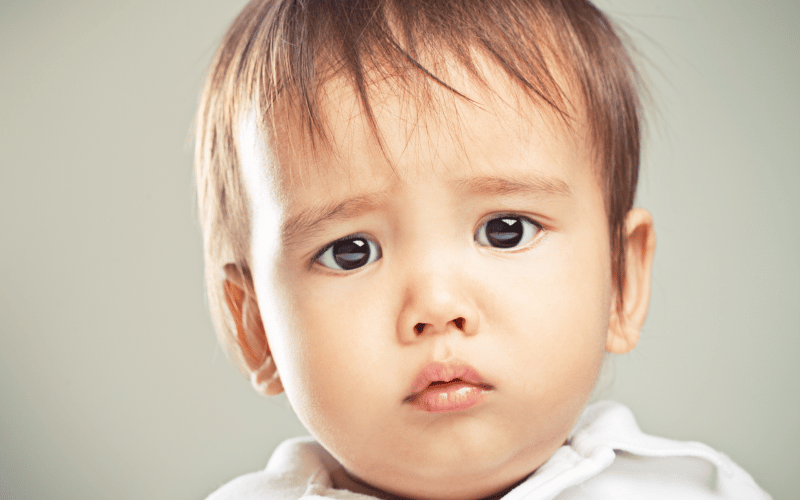2. Jaundice – A Visible Clue

Jaundice is a symptom that’s hard to miss. It manifests as a visible yellowing of the skin and the whites of the eyes. This change in color occurs when there’s an excess of bilirubin, a yellow pigment, in the blood. In the context of gallstones, jaundice can develop if a gallstone blocks the bile duct, preventing bile (which contains bilirubin) from reaching the intestines.
When bilirubin builds up in the system, it starts to deposit in the skin and eyes, leading to the characteristic yellow color of jaundice. This isn’t just a cosmetic issue; it’s a sign that the liver and gallbladder are not functioning as they should. It’s particularly concerning in children, as their bodies are still developing and are more vulnerable to complications.
Jaundice often doesn’t come alone. It might be accompanied by other symptoms such as dark urine, pale-colored stools, or itching. These additional symptoms provide further clues about the underlying issue with the bile ducts and gallbladder.
Just like with abdominal pain, jaundice in a child necessitates a prompt medical evaluation. A healthcare provider can conduct tests to determine the cause of the jaundice and assess the severity of the situation. This is a crucial step in ensuring that any blockage caused by gallstones is addressed quickly, minimizing the risk of complications. (2)